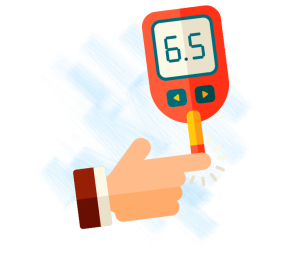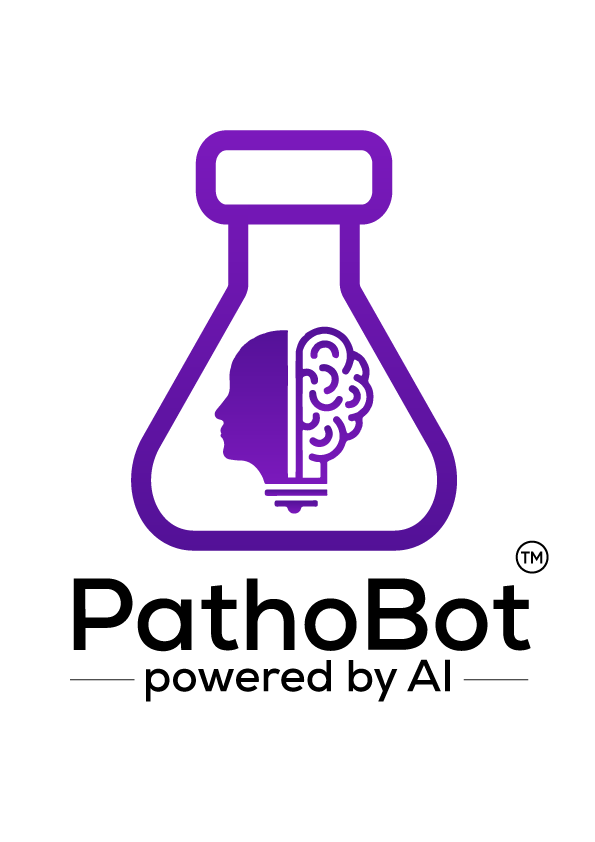Know About Diabetes
(1) Diabetes is a chronic disease characterized by high levels of sugar (glucose) in the blood. There are two main types of diabetes: type 1 diabetes and type 2 diabetes.
· Type 1 diabetes is an autoimmune disorder in which the body’s immune system attacks and destroys the cells in the pancreas that produce insulin, a hormone that helps regulate blood sugar levels. As a result, people with type 1 diabetes are unable to produce insulin and must take insulin injections or use an insulin pump to regulate their blood sugar levels. This type of diabetes typically develops in childhood or adolescence, but it can occur at any age.
· Type 2 diabetes is a metabolic disorder that occurs when the body becomes resistant to the effects of insulin or when the pancreas is unable to produce enough insulin to meet the body’s needs. This type of diabetes is much more common than type 1 diabetes and typically develops in adulthood, although it is now occurring more frequently in children and adolescents due to the increase in obesity.

Symptoms of diabetes can include:
- Increased thirst
- Frequent urination
- Hunger
- Fatigue
- Blurred vision
- Slow-healing cuts or wounds
- Dry, itchy skin
- Numbness or tingling in the hands or feet
- Unexpected weight loss
If left untreated, diabetes can lead to serious complications such as heart disease, nerve damage, blindness, kidney damage, and amputation. However, with proper treatment and management, people with diabetes can live healthy, normal lives.
In addition to these two main types of diabetes, there are also several other types of diabetes that are less common. These include:
- Gestational diabetes: This type of diabetes occurs during pregnancy and usually goes away after the baby is born. However, women who have gestational diabetes are at an increased risk of developing type 2 diabetes later in life.
- Prediabetes: This is a condition in which blood sugar levels are higher than normal but not high enough to be diagnosed as diabetes. People with prediabetes are at an increased risk of developing type 2 diabetes if they do not make lifestyle changes such as losing weight and increasing physical activity.
- LADA (latent autoimmune diabetes in adults): This is a type of type 1 diabetes that occurs in adults. It is similar to type 1 diabetes in that it is an autoimmune disorder, but it tends to progress more slowly than type 1 diabetes.
- MODY (maturity-onset diabetes of the young): This is a rare form of diabetes that is caused by a genetic mutation. It typically develops in adolescence or young adulthood and is characterized by milder symptoms than other types of diabetes.
